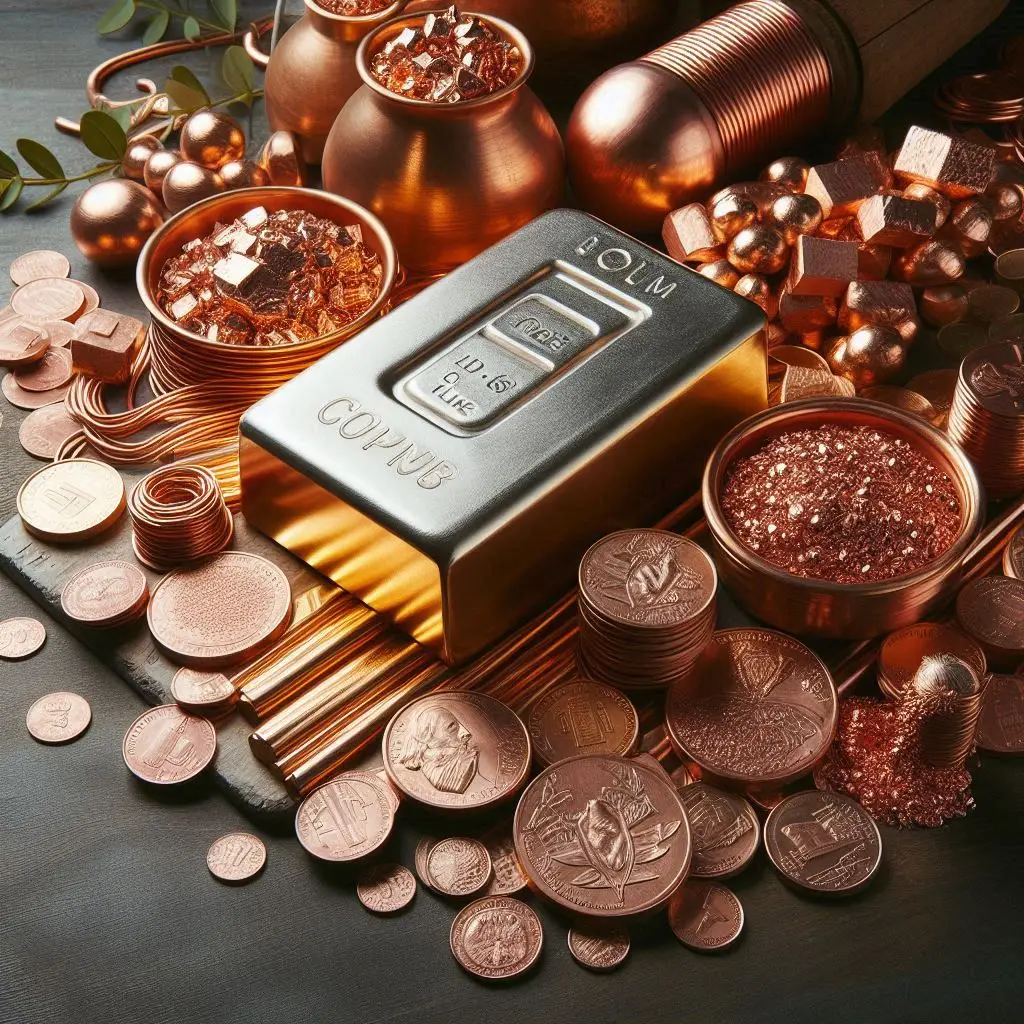
Copper Ingot Price: Per Pound, Kg, Pure, and LME
Introduction
This article, Copper Ingot Price: Per Pound, Kg, Pure, and LME, delves into the different pricing structures and factors influencing the market for copper ingots, providing a comprehensive overview to help you make informed decisions.
Copper is a metal that is fundamental to the industrial sector and plays an important role in a variety of applications, including plumbing and electrical wiring. Because of its many applications and high conductivity, it is a very valued commodity in both the commercial and industrial sectors. Companies and investors must have a solid understanding of the pricing dynamics of copper ingots, particularly those of pure copper ingots, those that are listed on the London Metal Exchange (LME), and those that are priced per pound and kilogram.
Copper Ingot Price Per Pound
The price of copper ingots per pound fluctuates based on several factors, including global demand, supply chain dynamics, and economic conditions. As for recent trends, the price has seen significant volatility due to shifts in manufacturing activities and geopolitical events. For example, when industrial demand surges, particularly in developing economies like China and India, the price per pound tends to rise. Conversely, economic slowdowns or increased recycling can lead to a decrease in prices.
Companies in the United States that are active in the construction and electronics sectors keep a careful eye on the price of copper per pound. To quote and trade copper prices, the New York Mercantile Exchange (NYMEX) and the London Metal Exchange (LME) are both essential platforms. Businesses can more successfully plan their procurement and budgeting strategies when they have a fundamental understanding of these market signals.
Copper Ingot Price Per Kilogram
Copper ingots priced per kilogram offer a more granular perspective on the metal's cost, especially for international markets where the metric system is standard. The conversion from pounds to kilograms (1 pound ≈ 0.453592 kilograms) is essential for global trade and comparison. Countries like Canada, Australia, and European nations often reference the price per kilogram for industrial and commercial transactions.
The price per kilogram is determined by many elements, including the production of mining operations, the cost of energy, and the logistics of transportation. For instance, interruptions in major copper-producing areas such as Chile and Peru may have a huge influence on pricing across the world. Furthermore, the price of crude oil, which affects the expenses of transportation, might have an indirect impact on the overall price of copper per kilogram.
Pure Copper Ingot Price
Pure copper ingots, typically with a copper content of 99.99%, command a premium in the market due to their high quality and suitability for specialized applications. These ingots are essential for industries requiring high conductivity and corrosion resistance, such as electronics manufacturing and power generation.
The price of pure copper ingots is greater than the price of regular copper ingots. This is because the expense of refining and assuring purity is higher for pure copper ingots. One of the most important aspects that goes into deciding the price of pure copper is the availability of high-quality ore resources. Other factors that play a crucial impact include technical developments in refining procedures. An other factor that might cause prices to rise is the market need for pure copper, which is necessary for the production of electronics and solutions for renewable energy.
LME Copper Ingot Price
The London Metal Exchange (LME) is a vital benchmark for copper prices globally. LME prices are considered the standard for copper ingots, influencing both spot and future market transactions. The LME provides transparent and real-time pricing, making it a reliable source for market participants to hedge and speculate.
Copper ingot prices on the London Metal Exchange (LME) are affected by a variety of variables, such as the state of the global economy, the amount of inventory available, and speculative trading. An intricate network of contracts and storage is managed by the exchange, which contributes to the maintenance of stable prices and ensures that the market can access liquidity. For companies and investors, having a solid grasp of the pricing on the London Metal Exchange (LME) is essential in order to make educated choices about the purchase, sale, and investment of copper ingots.
Conclusion
Copper ingot pricing depend on many elements, such as the weight of the ingot, its purity, and trading platforms such as the London Metal Exchange (LME). It is crucial for companies, investors, and sectors that depend on copper for their operations to have a thorough understanding of these subtleties. By staying current on market trends and pricing indicators, stakeholders are able to make educated choices that will allow them to maximize the effectiveness of their investment portfolios and procurement strategies. A significant number of industries will continue to place a significant amount of emphasis on the dynamics of copper ingot pricing as the global economy continues to undergo change.

